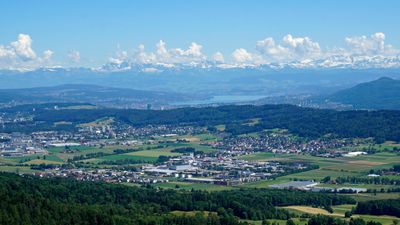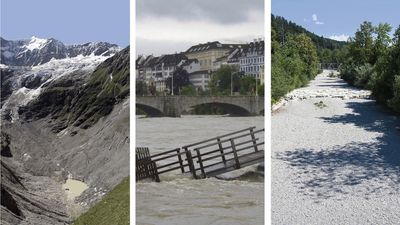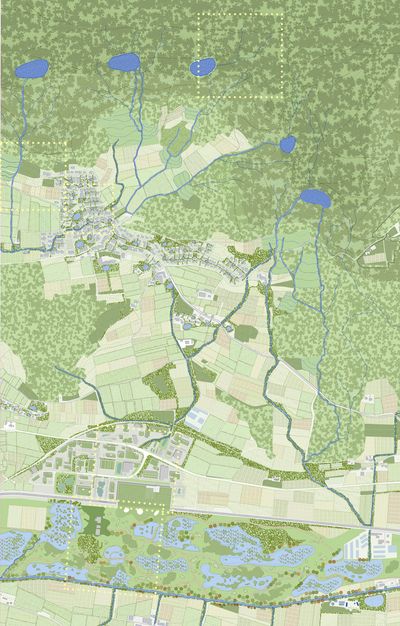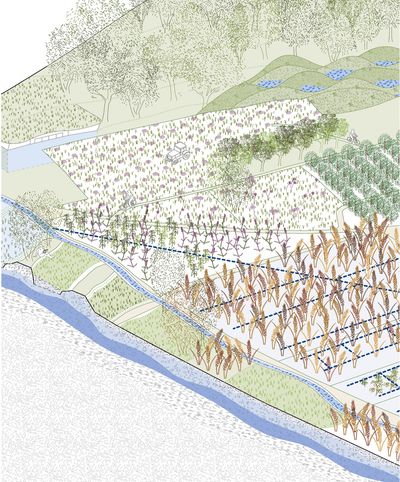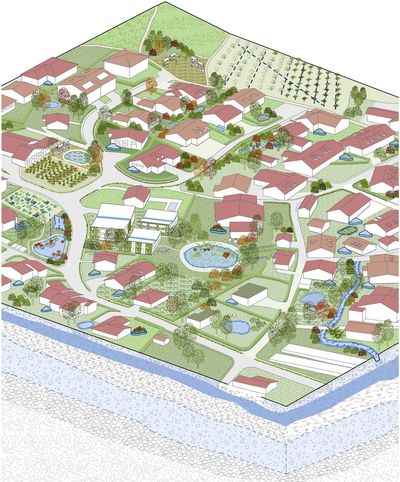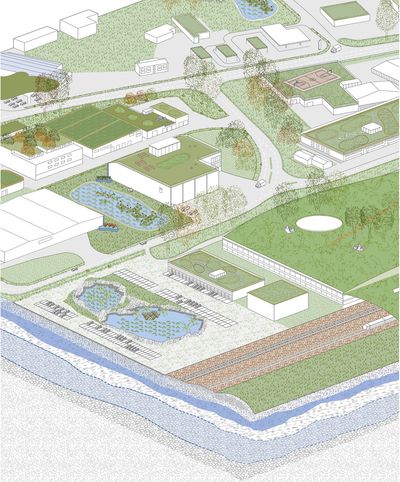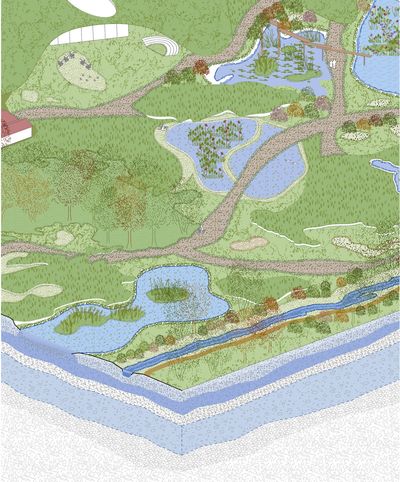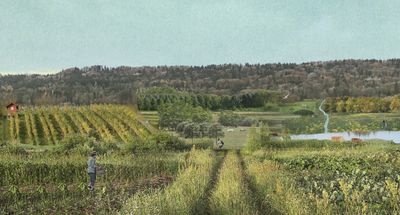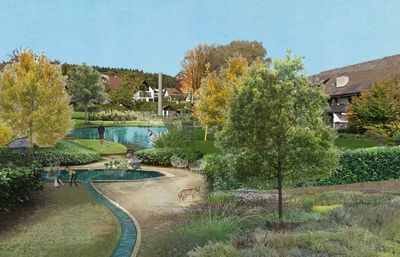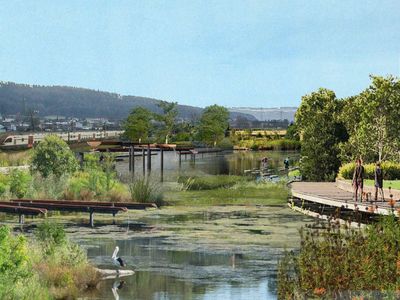Hydroscopic EcologyAn Approach to Metropolitan WaterAndroniki Prokopidou
On the Swiss midland plateau, there are many examples of smaller regions such as the Furt Valley, which are faced with water shortages due to the combined effects of water pollution and climate change: our current extensive agricultural and industrial land use practices that are amplified by the extreme weather events of the changing climate. Hydroscopic ecology as an approach to design resilient territories implies the reform of land use practices in order to protect and regenerate local water resources and restore local ecosystems. At the heart of this approach lies the retention and local infiltration of (rain) water and the shift to less polluting strategies of cultivation and urbanization. Hydroscopic ecology advances the topography, the soil and water conditions as equal design agents alongside the built environment. One of the basic strategies followed is decentralized and holistic natural water management through a cyclical understanding of the water resource: no rain and waste water should be discharged from the area. Rather it will be collected, cleaned and stored in local aquifers where it can be distributed again according to the seasonal needs, all the while retaining enough water for potential extreme weather events.
Hydroscopic ecology proposes the rethinking of the concept of the “Wassergenossenschaft” – historical water supply structure of Switzerland and promotes the sustainable use of local water resources by completing the hydrological cycle and ensuring the water supply of current and future demands of peripheral urban areas, taking into account their significance for food production as well as their potential for population growth.
The hydroscopic approach in the Furt Valley aims at cleaning and recharging the currently heavily polluted upper aquifer by changing the land use practices and establishing a new stewardship towards local water resources. During this process – which could last up to five to ten years – a series of secondary closed-loop water cycles will increase the self-sufficiency of the Furt Valley in terms of its water supply.
This master thesis approaches hydroscopic ecology through a series of elementary concepts presented in five case studies across a section of the Furt Valley. The design concepts are based on the available geological information and typical water movement patterns.
We would like to thank Prof. Ursprung, Dr. Jiménez-Martínez, Prof. Oehen, and Tim Klauser for sharing their knowledge and supporting this interdisciplinary work.


